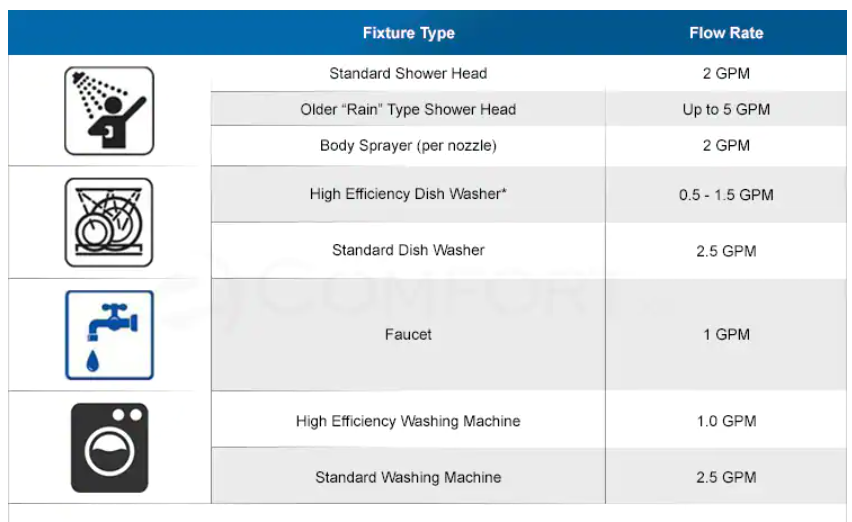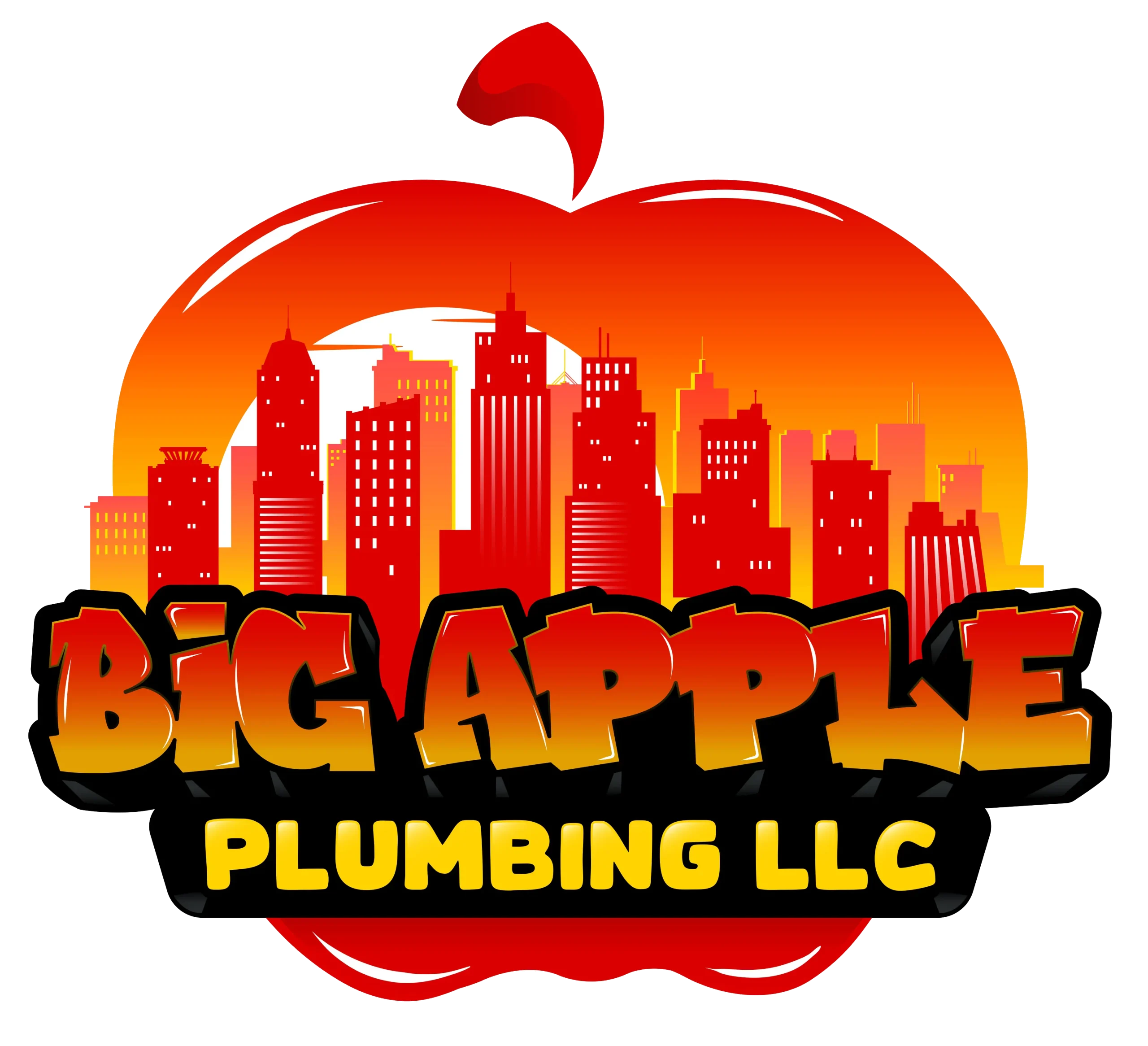Selecting an optimal tankless water heater size for your home is key to upgrading its hot water system. Tankless models offer considerable energy savings over traditional water heaters. It is because it works by heating water on demand. However, to fully appreciate its potential, you must select an appropriate size unit size.
With this blog, we will assist you in making the right size of tankless water heater selection smoother! The process will ensure you find an optimal model tailored to your needs. So, let’s get into understanding everything you need to know!
Understanding Tankless Water Heater Sizes
A tankless water heater’s dimensions don’t dictate its capacity. Rather, the measurement is determined by how quickly it heats the water. It gets measured as Gallons Per Minute or GPM). As its GPM number rises, so does its heating power – the higher GPM indicates more capacity.
To accurately determine your GPM needs, add up all the showers and faucets you expect to use simultaneously. The climate also plays a significant part here. The colder incoming water requires additional heating, which decreases GPM. You should also consider whether your fuel source is gas or electric.
Evaluating Your Hot Water Demand
To choose an appropriate size of tankless water heater for your abode, it is essential to calculate your peak hot water demand. It refers to the maximum amount of hot water your household consumes at any moment.
STEP 1: Inventory Hot Water Appliances
To begin, it is vital that you inventory all hot water appliances within your home. It may include showers, bathtubs, sinks, dishwashers, and washing machines.
STEP 2: Determine the Flow Rate for Each Appliance
Next, identify the flow rate of each appliance – usually measured in GPM – that requires running water, usually measured as Gallons Per Minute (GPM). Usually, this information can be found in user manuals or product specifications. If unavailable, you may estimate 2.5-3 GPM for showers, 1-2 GPM for dishwashers and washing machines, and 1.5-3 GPM for sinks.
STEP 3: Calculating Peak Demand
Consider which appliances could use water simultaneously and add up their respective flow rates to determine your peak hot water demand. For instance, running the dishwasher and shower simultaneously results in 2.5 GPM for both (4.5 total).

Sizing Up Your Tankless Water Heater
After determining your peak demand of tankless water heater, the next step should be selecting a right size appropriately for your needs. It is based on its GPM rating – making sure it matches or surpasses it. But you should also focus on taking into account a different factor – temperature rise. It refers to the difference between your desired hot water temperature and that of the incoming water supply.
If you reside in a colder region, incoming water temperatures will likely be lower and thus necessitating an increase in heating capacity. Product specifications of your water heater will include details regarding the required temperature rise. Say you want your desired hot water temperature to be 120°F while your incoming water temperature is 50°F. It requires a temperature rise of 70°F and should ensure the water heater you select can meet peak demand at this elevation level.
Energy Efficiency and Tankless Water Heater Size
While it is crucial that your heater can meet your hot water demand, larger heaters consume more energy than needed. So, it is better to find a balance between hot water needs and energy consumption. It is of the utmost importance when selecting a suitable size for the heater. Consider models with an Energy Factor (EF) rating of at least .90 or higher to find more efficient models. It could help you in saving money in the long run. The higher its EF rating is, the more money-saving potential it may present over time.
Final Thoughts
Selecting the appropriate size of tankless water heater for your home can have significant ramifications. It involves not only comfort but also energy bills and environmental footprint. By accurately calculating peak demand and taking into account required temperature rise requirements, you can select the right appliance. The one that fulfills all of your specific needs without excessive energy expenditure.
Note that while this guide gives an overall idea of what to look for, every home and its needs vary significantly. Therefore, get customized solutions specific to your situation. You can also get professional help and quality product. Besides, you can contact Big Apple Plumbing and Heating if you need help repairing or maintaining your water heaters. We provide practical heating and plumbing solutions.
FAQs
Generally, tankless water heaters have different sizing requirements compared to traditional water heaters. It’s important to note that the size of a tankless water heater is typically smaller than a traditional unit. When switching from a traditional water heater to a tankless one, it’s essential to calculate the appropriate size based on your specific hot water needs.
If you install a tankless water heater that is too small for your household’s needs, you may experience insufficient hot water supply during peak usage periods. The unit may struggle to meet the demand, resulting in reduced water flow or a drop in temperature. It’s important to choose a tankless water heater that can handle the maximum hot water demand of your home to avoid such issues.



